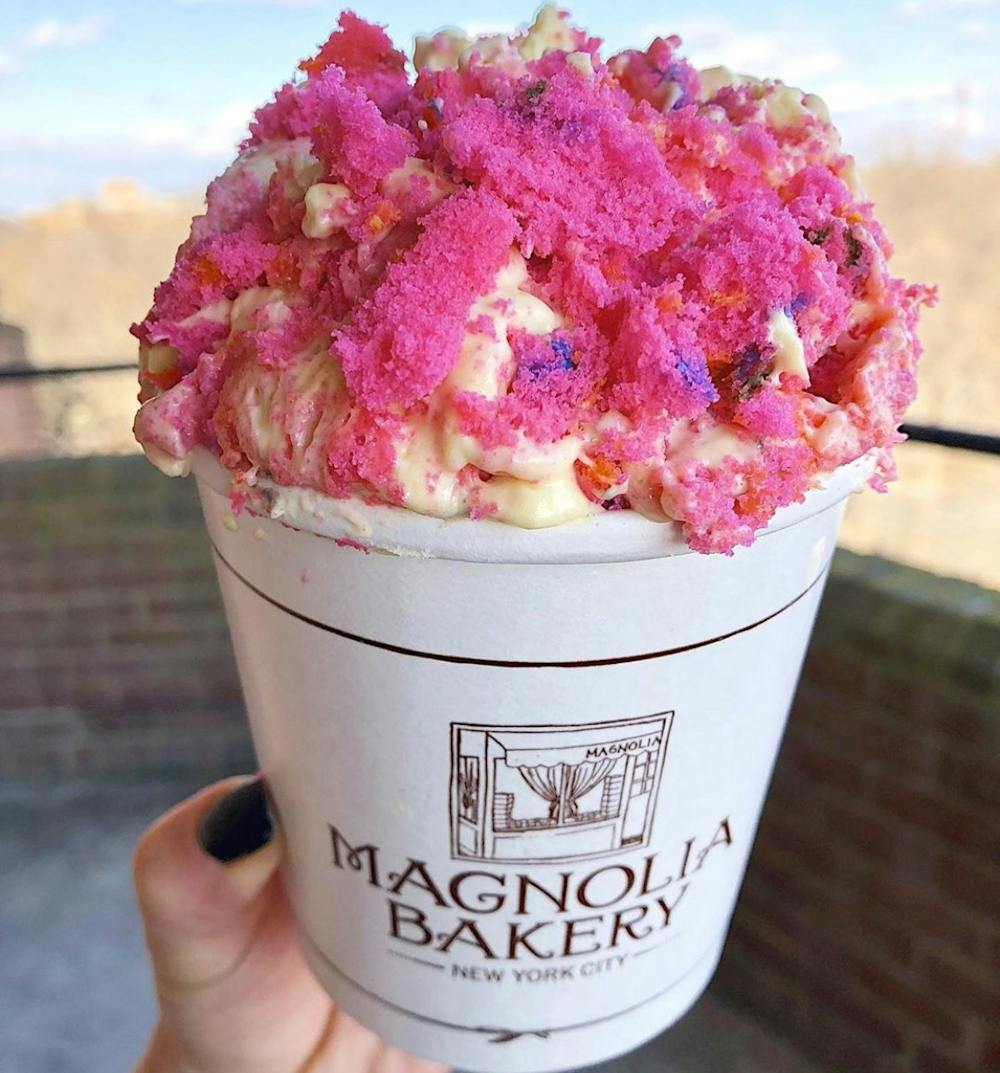If you’re an Instagram user, chances are you’ve seen “Phone eats first,” a well-loved catchphrase for Instagram foodies. It might seem a little overdone, or even somewhat laced with braggadocio; but now, more than ever, that couldn’t be further from the truth. During quarantine, it’s important to celebrate any semblance of normalcy you come across. Why not show off the food you’ve been served on a rare night outside of your apartment? Give yourself permission to recognize the special parts of your week with these tips for sharing your meals to your social media feed.
Natural lighting is your best friend
It seems simple, but when it comes to food photography, the lighting in your space is going to be your best friend. Try to find sources of natural light — whether it’s by a window, on your porch or right outside whatever establishment you’ve just gotten a delicious treat from. Good lighting will show off the dynamics of the food you’re eating. Think about how beautiful it could look during golden hour. Places like Thomas Sweet in Georgetown or Georgetown Cupcake serve their treats with tons of beautiful colors that can be enhanced with the use of proper lighting. Avoid using the flash because it overwhelms your photo and washes out the food, which should be the star of your photo!
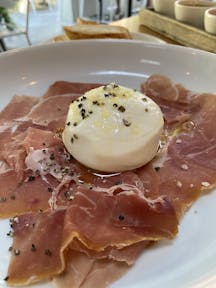
Keep the space around your photo clean
Even though the food in your photo is the focal point, there is usually more to the picture than that. Keep the space around the dish clean and decluttered to make for a better photo with minimal distractions for a potential foodie viewer. Find spaces with the least amount of clutter, a clean tabletop or counter are perfect examples that are sure to give you a quality photo. This doesn’t mean that the space has to be boring; if you’re having a picnic by the monuments, you can use your blanket as the background of your photo. This can add another layer to your photo, without taking away from the quality as a whole.
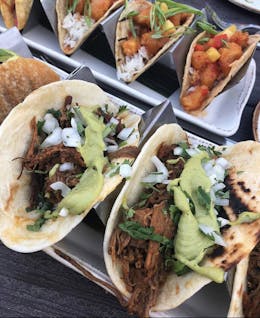
Get creative with your angles
Food is interesting, and the way that it’s represented can and should reflect that. That might mean moving some plates around or experimenting with the angle you point your camera. You can’t capture a loaded burger from the top, where all you’ll capture is the bun. A simple move to the side can give you a whole new perspective of the layers and elements that have gone into making your meal. Try out closeup shots of your food to really see the details of your dish.
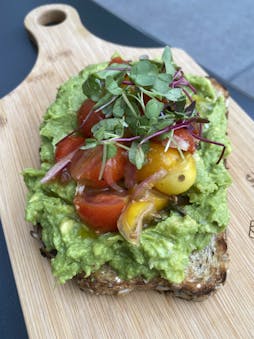
Make use of props
Make your images represent you! Add your sense of personality to the way you show off your food pics. Props can be other dishes, the drink that was served with your meal or a cute, paper napkin wrapped around an ice cream cone. Props can even be the setting you’re eating in. For example, if you’re at Open City at the National Cathedral, try to find a way to incorporate the cathedral into your photo by having the building in the background. It is as simple as turning around from your table! It won’t overshadow the dish you’re photographing, but it will add a lot of personality and context to the picture you’re taking. Not only do props have the ability to add extra visual appeal, they also serve to showcase the main dish in your picture.
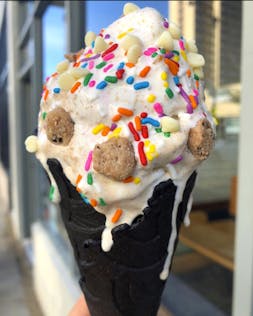
Don’t skip out on the editing
Editing is the step where you, as the photographer, get to have the most fun with your pictures. Taking the time to edit your selected image is crucial and gives you the opportunity to really make your photo pop. VSCO and Adobe Lightroom Photo Editor are two top quality, free apps that will set up any food photographer with the tools they need. Elements like exposure, contrast, shadows and saturation influence the way that lighting is presented in your photo. Editing can also manipulate the colors in your food photo, which leads to a more vibrant and appetizing looking picture.
At the end of the day, there is one tip that stands out above the rest: Take pictures to make lasting memories of the foods and experiences that fill you. Share what makes you smile and brings something new to your routine as we figure out what life looks like nowadays. Happy snapping, happy eating and happy cooking!

